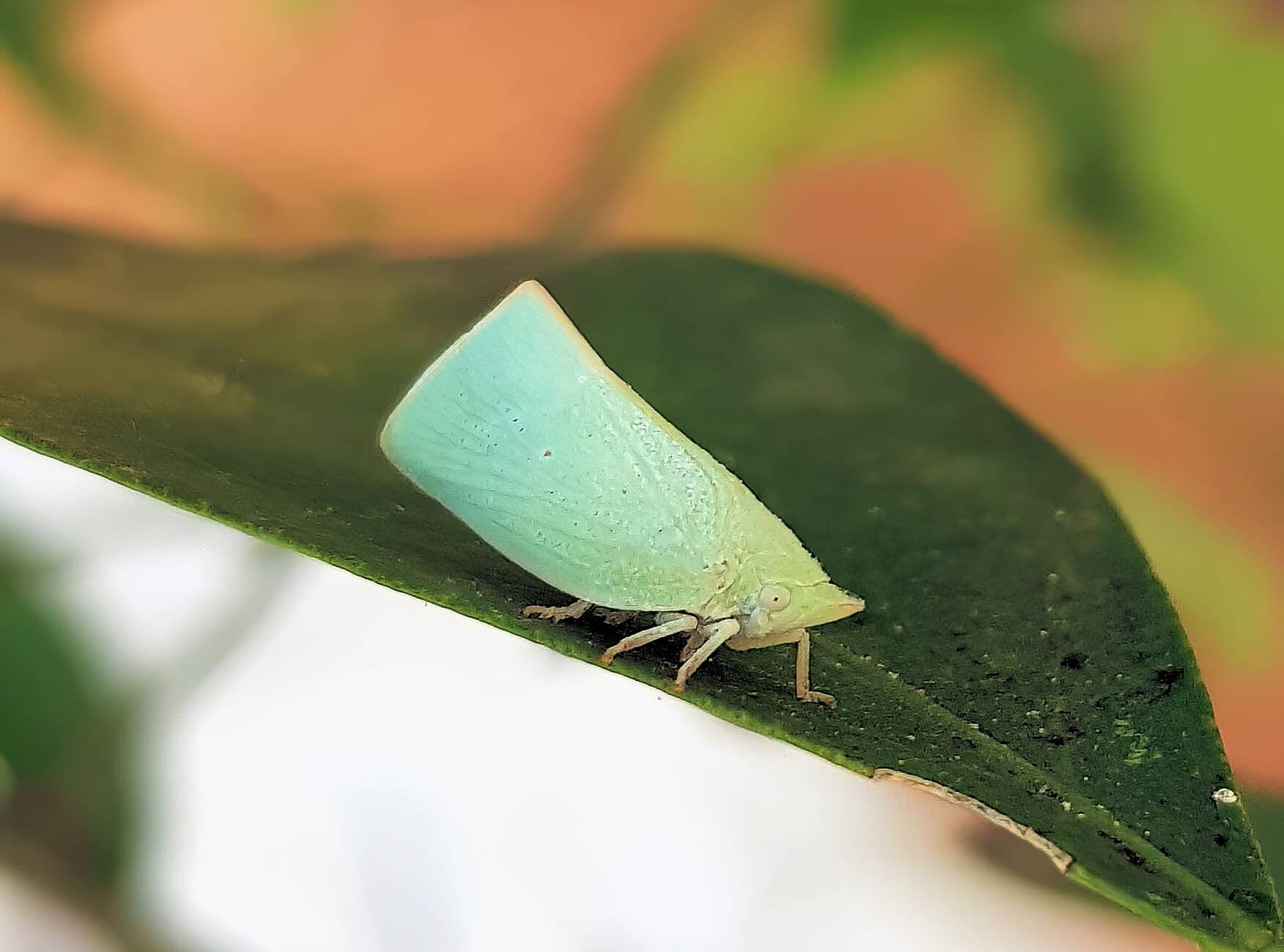
Mango Planthopper Ausemade
Impact. Mango leafhoppers occur in large numbers on the flowers and leaves, and cause crop losses of up to 50%. These losses are brought about in two ways: (i) the leafhoppers feed on sap, and their feeding and egg-laying cause the flowers to turn brown and dry, reducing fruit set and production; and (ii) as they feed, they excrete fluid known.

Mango leafhoppers (263)
According to Viraktamath (1989), 14 idiocerine species in three genera (Amritodus, Busoniomimus and Idioscopus) breed on mango, and of these only six are of economic importance.Mango leafhoppers are major pests in the Indian subcontinent. The major damage caused is at the flowering stage and several studies have highlighted the reduction of yield which may be between 20 and 100% depending on.

Idioscopus nitidulus (mango leafhopper) CABI Compendium
In this video, I will briefly explain all the strategies to manage leaf hopper pest in mango orchards.Leaf Hopper is a sucking pest which sucks sap from leav.
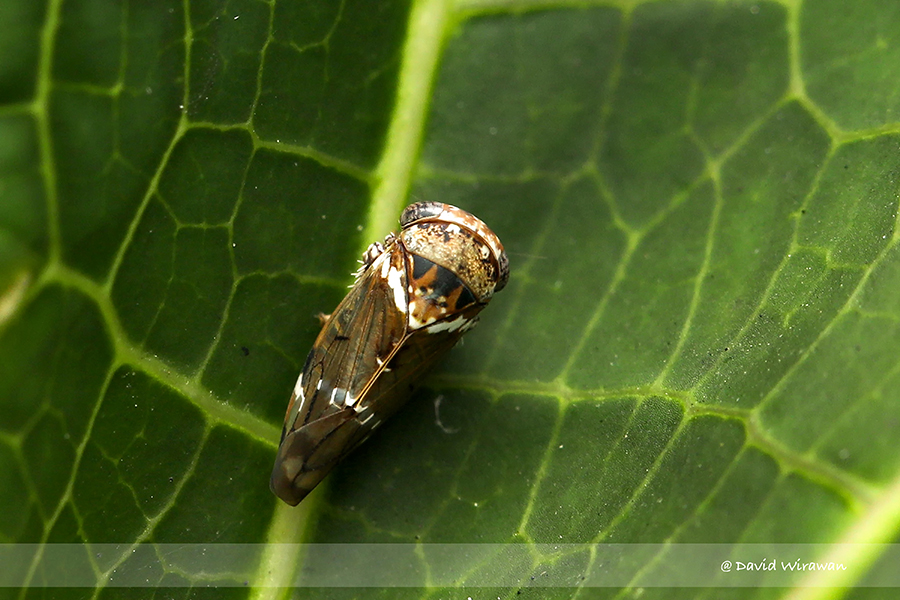
Mango Leafhopper Idioscopus Nitidulus Singapore Geographic
Mango leafhopper Amritodus atkinsoni is the most destructive pest of Mango in Asia (Kumar, 2015) [24]. Honeydew is excreted by the hoppers, which coats the inflorescence, leaves, and fruits, promoting the growth of Meliola mangiferae (Earle), a black sooty mould that affects the photosynthetic activity of the

Mango leafhoppers (263)
Mango leafhoppers (263) - Narrow distribution. Southeast Asia, Oceania. On mango. There are two kinds of leafhoppers. Important pests. Adults dark brown, 4-5 mm, wedge shaped, breeding in flowers or in flowers and new leaf flushes. They cause flowers to brown and dry; and their honeydew excreta promotes black fungal growth on the leaves. Spread long distance via the nursery trade.
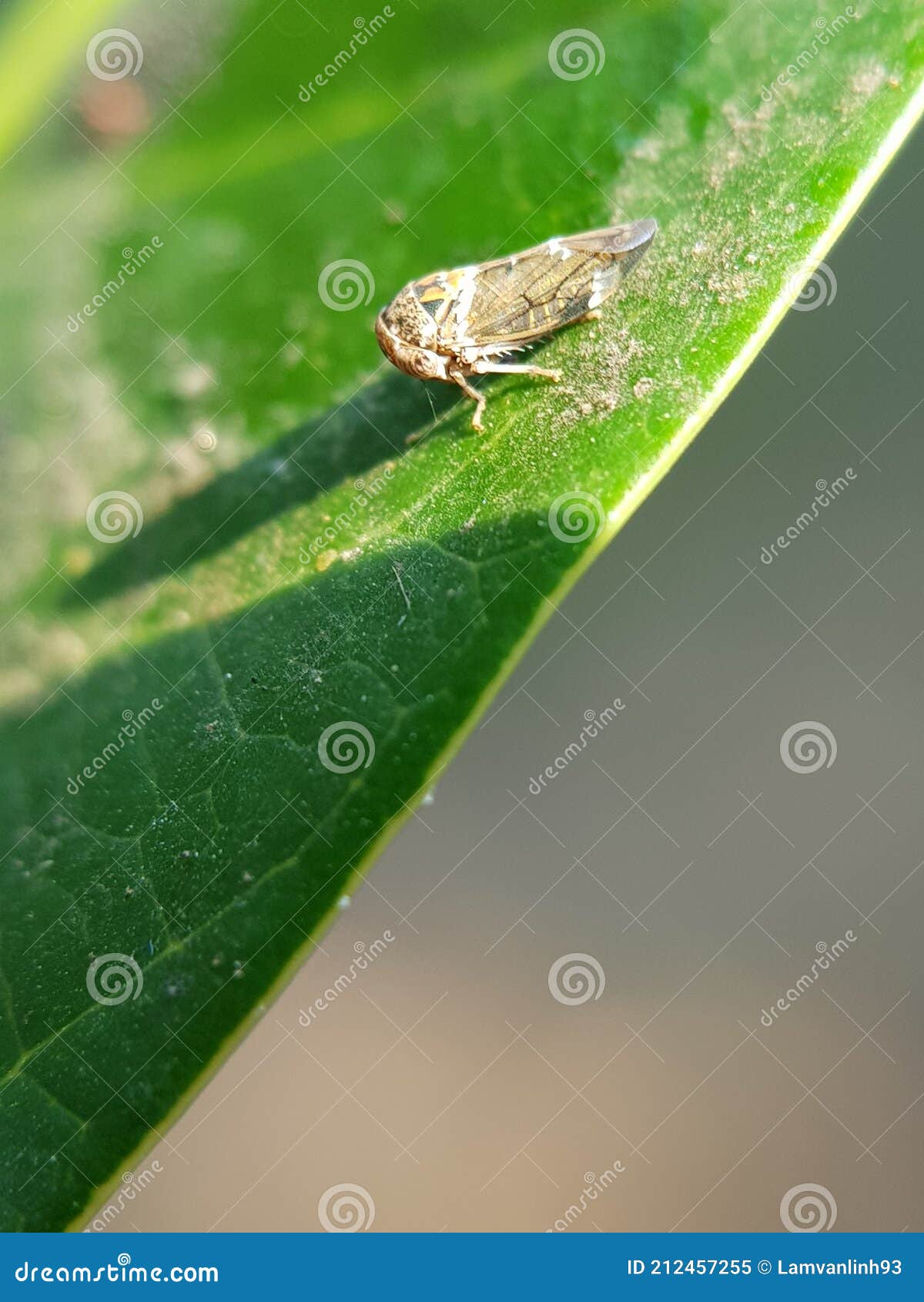
Mango leafhopper stock image. Image of agricultural 212457255
Mango leafhoppers (263) - Narrow distribution. Southeast Asia, Oceania. On mango. There are two kinds of leafhoppers. Important pests. Adults dark brown, 4-5 mm, wedge shaped, breeding in flowers or in flowers and new leaf flushes. They cause flowers to brown and dry; and their honeydew excreta promotes black fungal growth on the leaves. Spread long distance via the nursery trade.
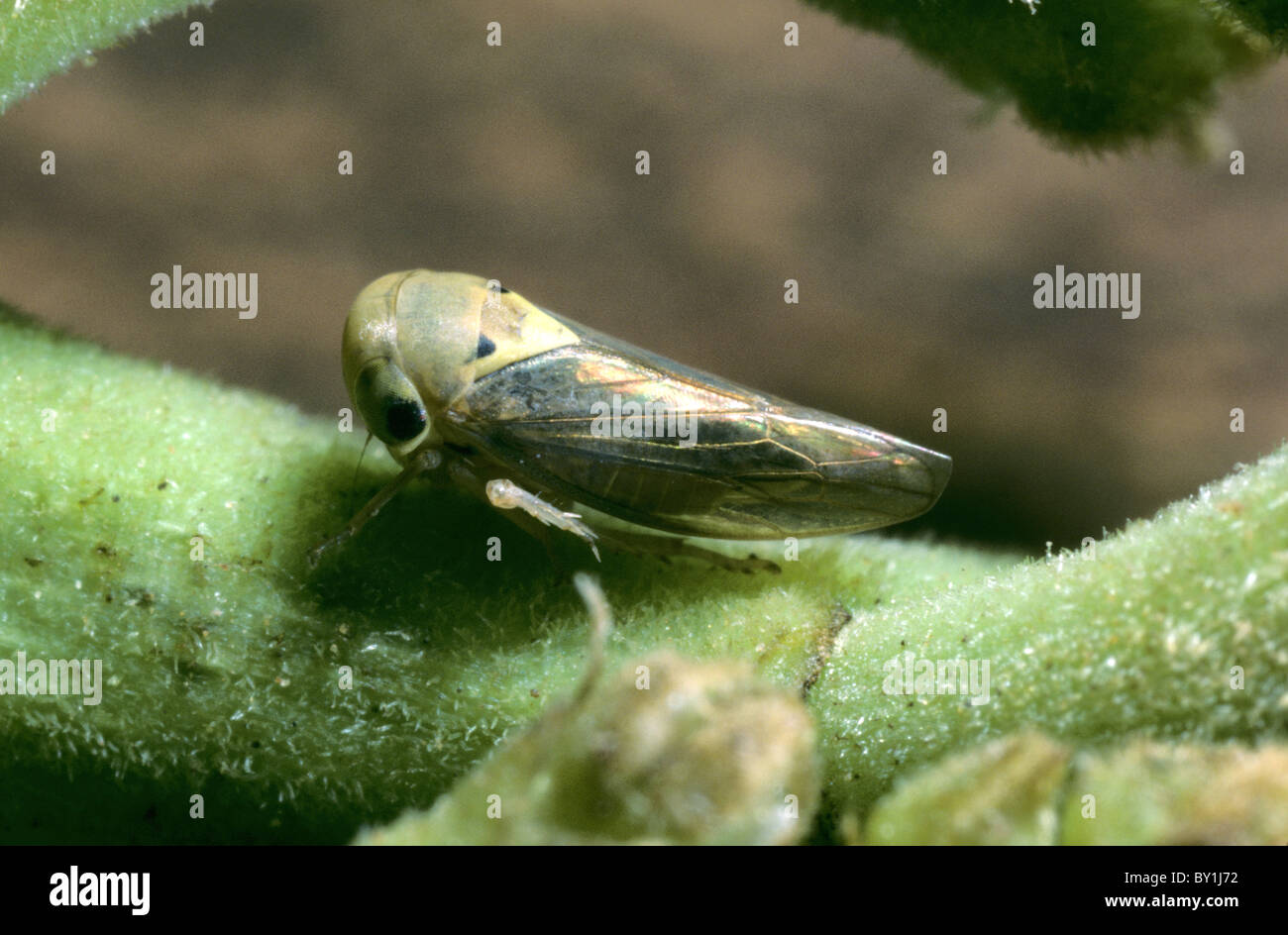
Mango leafhopper (Idioscopus nitidulus) adult on mango , Philippines
General appearance : They are small insects of greyish brown colour measuring 5-6 mm in length. Dark grey wings are held roof like over the body. The head is broad and prominent and the hind legs are thickly covered with bristles. Two other species destroying the mango crop are Idiocerus clypealis Lethierry and Idiocerus niveosparsus in.
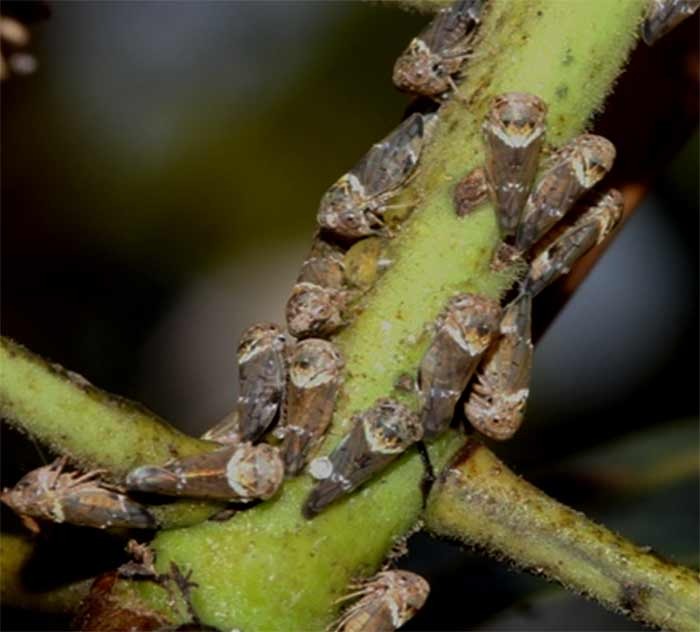
Idioscopus nitidulus (mango leafhopper) PlantwisePlus Knowledge Bank
Sequential sampling plan for mango leaf hopper, Idioscopus clypealis Lethierry. Entomon, 10(4):285-290. Google Scholar. Verghese A, Rao GSP, 1987. Determination of relevant critical stages for the management of the mango hopper, Idioscopus clypealis Lethierry. Indian Journal of Horticulture, 44(3-4):280-283.
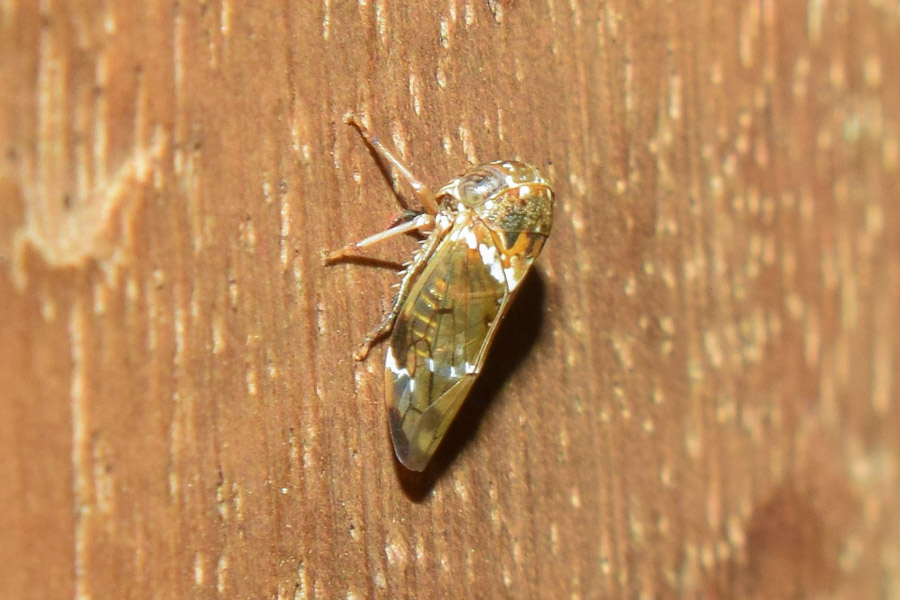
Idioscopus nitidulus (mango leafhopper) PlantwisePlus Knowledge Bank
Mango leafhoppers usually feature a wedge-like shape with a broad, round head, and globular eyes. Adults are golden or dark brown and about 4-5 mm long. Nymphs are yellow-brown, with red eyes. Mango hoppers lay their eggs singly in the florets, leaf veins and leaf lamina, depending on the species. Between 100 and 200 eggs may be laid.
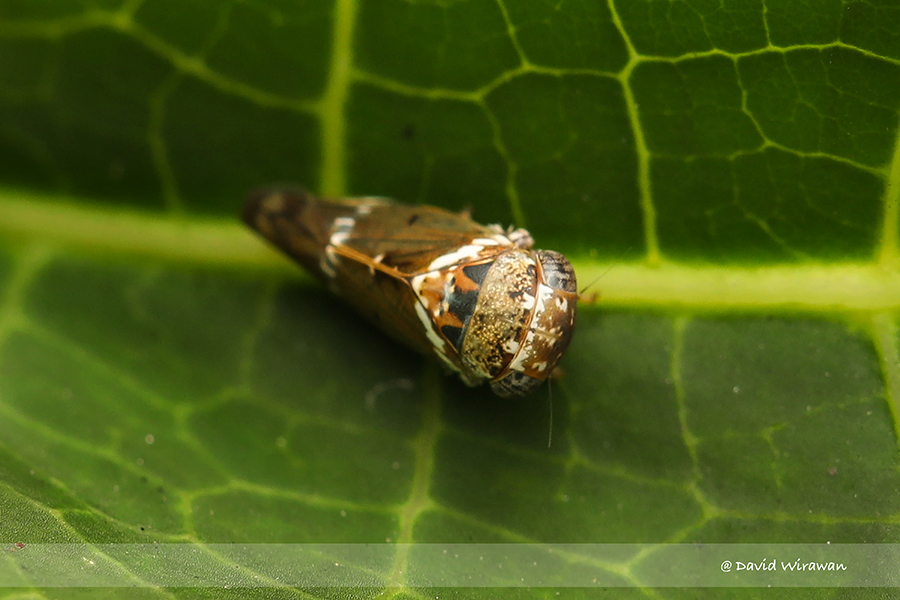
Mango Leafhopper Idioscopus Nitidulus Singapore Geographic
Mango Leafhopper As the season is starting for mango, the pest threshold on the mango increases, the major pest on mango is leafhopper. The nymph and adult of the idioscopus species suck saps from leaves, fruit, and twigs. Because of this mango tree, young flowers are unable to develop. While feeding on mango trees, hoopers. Mango Hoppers Control and Preventive Measures Read More »

Idioscopus nitidulus (mango leafhopper) CABI Compendium
Mango leaf hopper is a potent pest of mango. It belongs to order Hemiptera and family Jassidae. Scientifically it is known as Idiocerus atkinsoni. It is widely distributed in all parts of India taking part in the cultivation of mango. It has been reported from the states like Uttar Pradesh, Punjab, Bihar, Andhra Pradesh and Maharashtra in India.
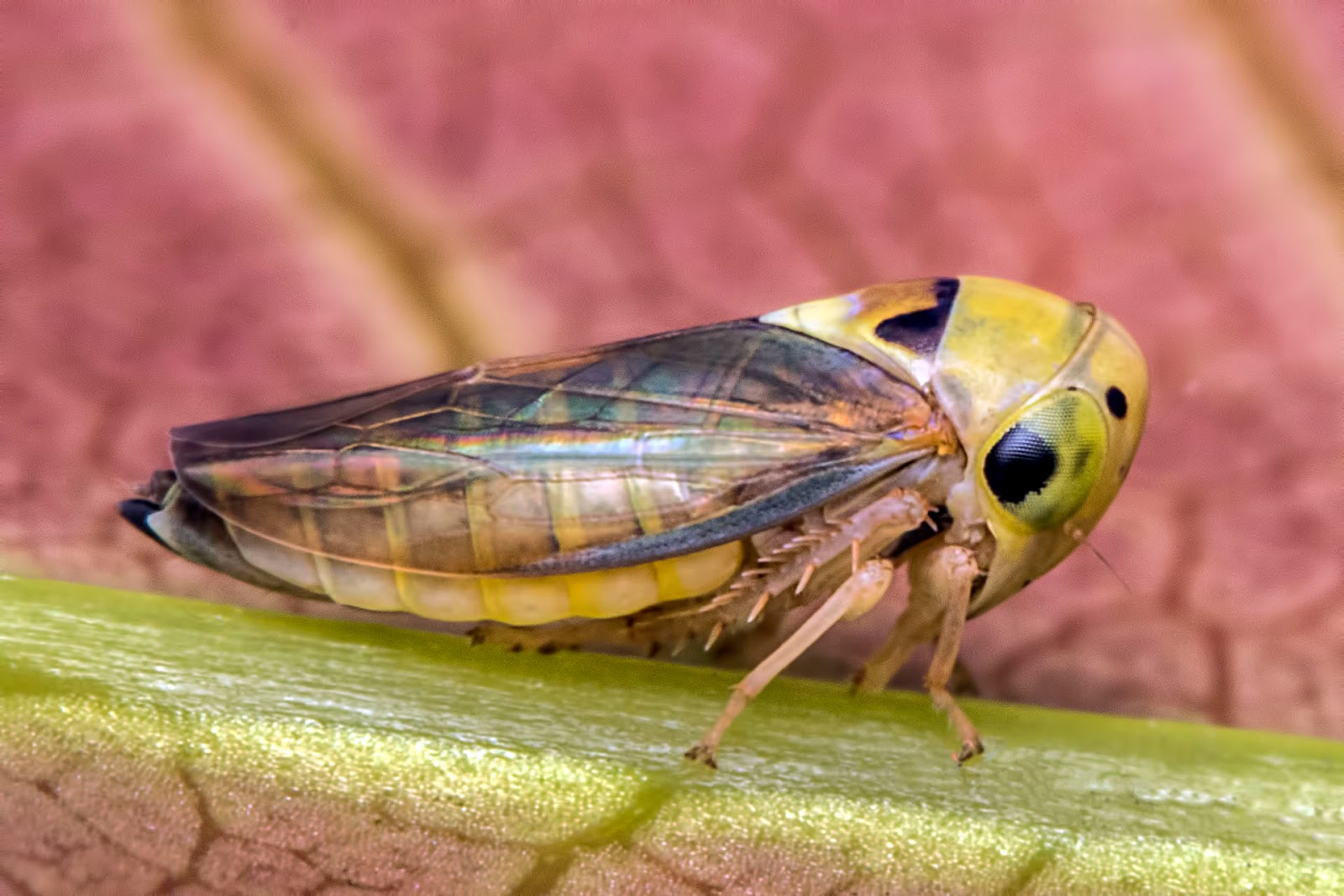
Catalogue of Organisms Cicadomorpha
Mango Leaf Hopper Management in Mango Plants. Mango is a popular fruit and is a major export product for many countries. However, the cultivation of mango is often threatened by pests, and one of the most common pests to attack mango plants is the mango leaf hopper. This tiny creature, measuring less than 2mm, is capable of causing significant.

Mango Leaf Hopper on Mango Leaf, Focus Selective Stock Photo Image of
Mango is the most important commercial fruit of tropical and subtropical countries. Various insect pests damage the fruit causing severe losses in its production and yield. "Mango hopper" is one of those accepted as a major threat for mango orchards. Out.
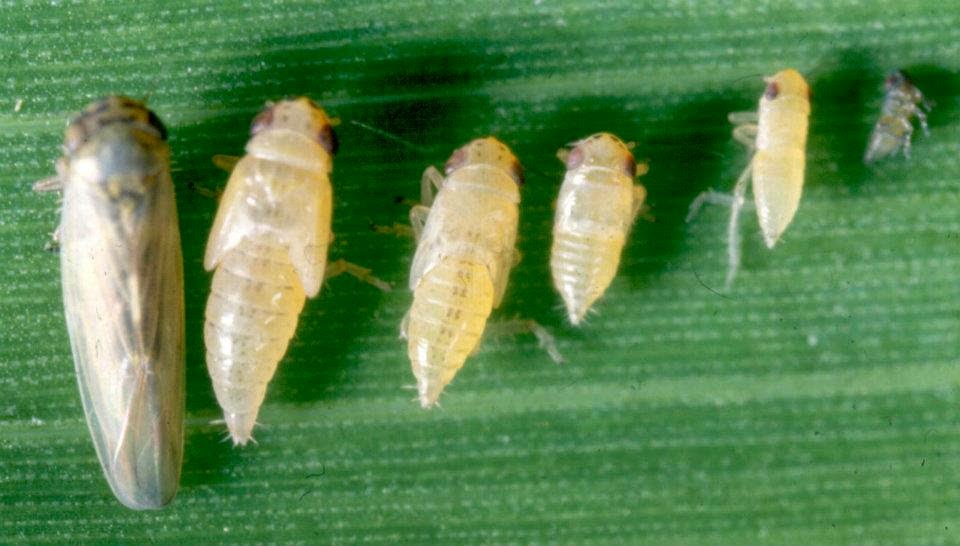
agriculture sciences PESTS OF MANGO IN PAKISTAN AND THEIR MANAGMENT
According to Rahman and Kuldeep (2007) mango hoppers cause 20-100 per cent yield loss by giving rise to growth of sooty mould that reduces photosynthetic efficiency of leaves and market quality of.

Mango Leafhopper Idioscopus Nitidulus Singapore Geographic
Evaluation of insecticides against mango hoppers, Amritodus atkinsoni (Lethierry) and Idioscopus clypealis (Lethierry). In: Advances in IPM for horticultural crops. Proceedings of the First National Symposium on Pest Management in Horticultural Crops: environmental implications and thrusts, Bangalore, India, 15-17 October 1997.
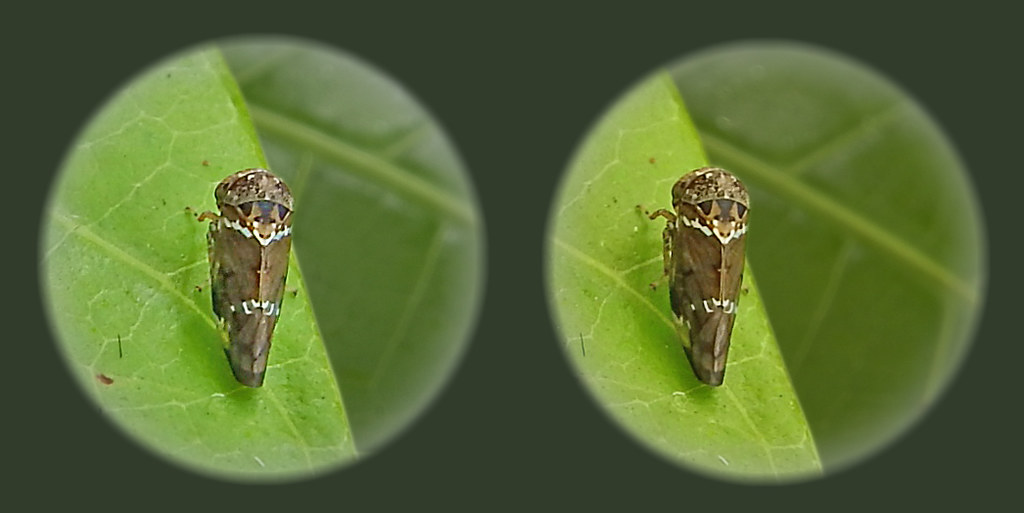
Idioscopus nitidulus. The mango leaf hopper. (7 mm) Flickr
The mango leafhopper should not be confused with several species of flatids or planthoppers which are found in smaller numbers on most mango trees in the Darwin andKatherine rural areas. Adults of these species ( Colgar spp. and Colgaroides spp; Homoptera: Flatidae) are green or whitishgreen in colour, triangular or 'tent' shaped -